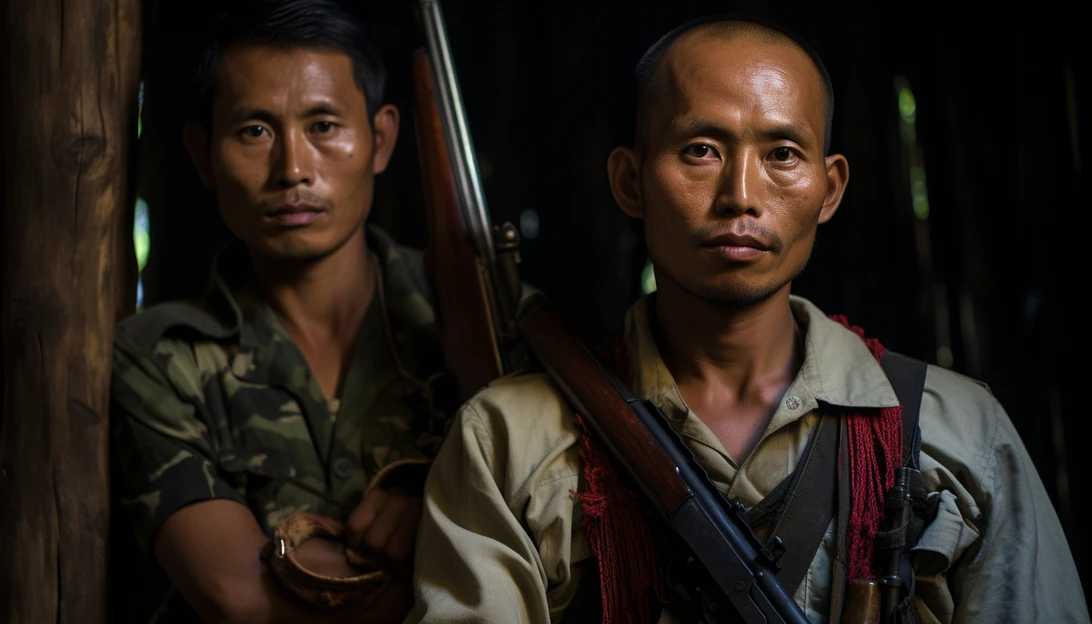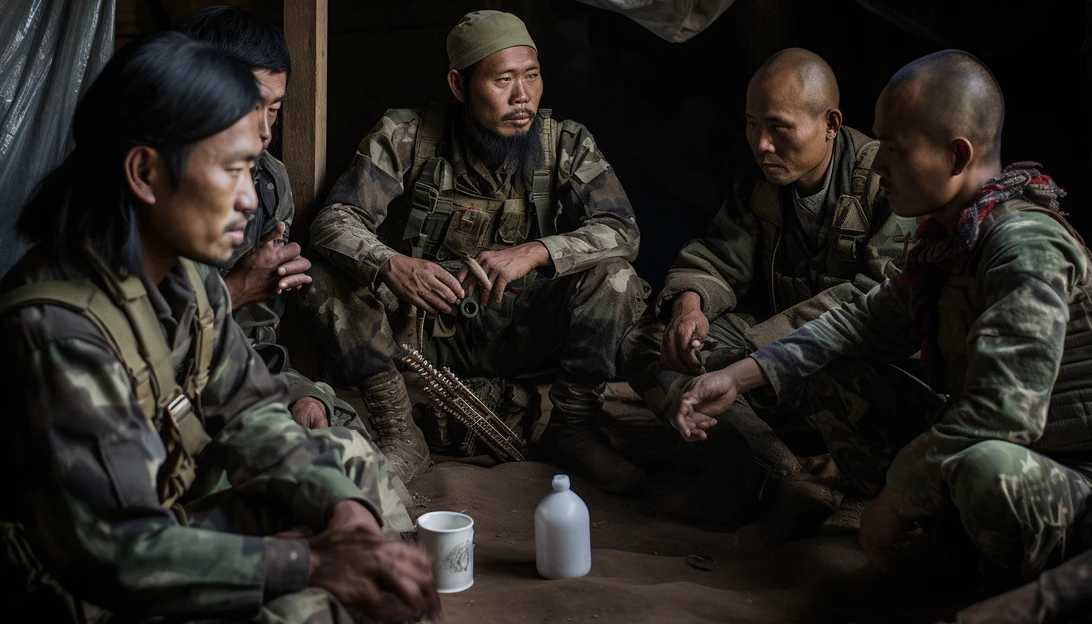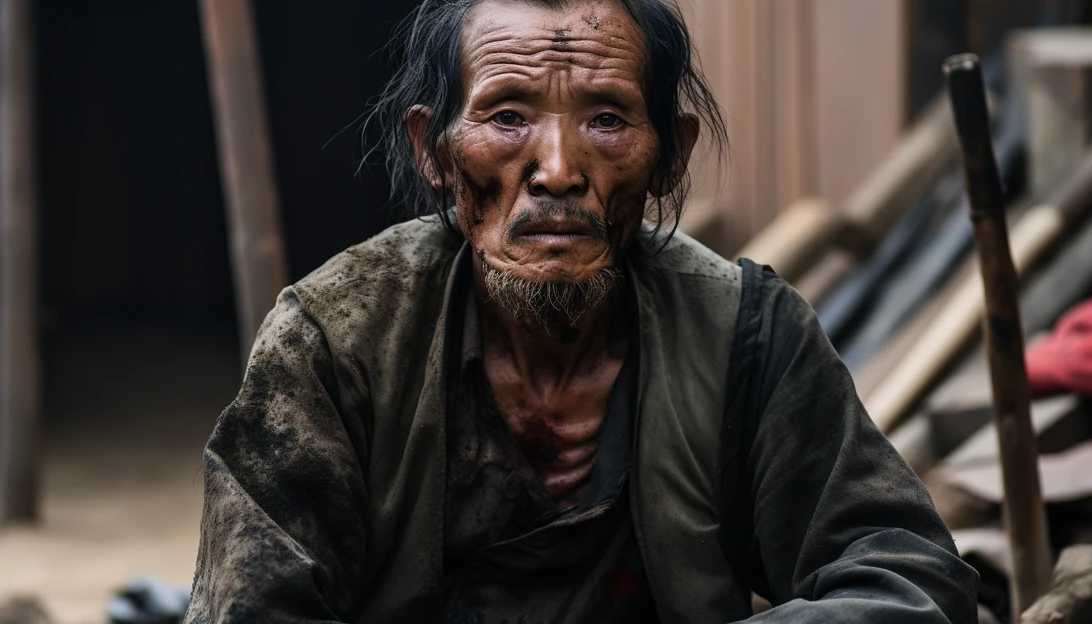Conflicts
published : 2023-10-28
Burmese Rebels Launch Coordinated Offensive in Country's Northeast
Ethnic rebel groups unite in 'Operation 1027' to seize military targets

An alliance of ethnic rebel groups has launched a coordinated offensive in northeastern Burma, targeting military installations near the Chinese border.
The Arakan Army, the Myanmar National Democratic Alliance Army, and the Ta'ang National Liberation Army, known as the Three Brotherhood Alliance, announced their joint operation, named 'Operation 1027', in Burma's Shan state.
This offensive marks a significant escalation in the ongoing conflict in Southeast Asia.
While the Burmese military government holds an advantage in weaponry and manpower, coordinated attacks of this scale are relatively rare.
The objectives of 'Operation 1027' are multi-faceted, driven by a collective desire to protect civilians, assert the right to self-defense, maintain territorial control, and respond resolutely to military aggression.
Towns in northern Shan state have already been attacked, and casualties among the security forces have been reported.
The rebel groups involved in the alliance have long sought greater autonomy from Burma's central government.
The power struggle between the army and ethnic minority armed groups intensified after the military coup earlier this year, with pro-democracy militias joining the fight against the military government.
These militias, known as the People's Defense Force, are now engaged in battles across the country.
The Three Brotherhood Alliance also shares the common goal of eradicating the oppressive military dictatorship that has plagued Myanmar.

The complex politics of the ethnic groups in northern Burma are further influenced by their relationship with China, which maintains good relations with Burma's ruling generals.
The alliance recognizes the importance of protecting Chinese-backed projects in their territories.
The ethnic Chinese Kokang minority is represented by the Myanmar National Democratic Alliance Army, or MNDAA.
The current situation in the conflict-stricken region is difficult to verify due to restricted access.
Reports indicate that the alliance forces have attacked military targets, checkpoints, toll gates, and police stations.
Chinshwehaw, a town near the Chinese border, has reportedly been seized by the MNDAA.
In response, the military has carried out aerial bombings and shelling, leading to the displacement of hundreds of civilians.
Photographs on social media depict the aftermath of the fighting, showing captured soldiers and damaged toll gates.
Tragically, casualties among both security forces and civilians have been reported.
The fighting has claimed lives and left people wounded in various townships in northern Shan state.

Despite the challenges faced by those reporting on the ground, the true extent of the conflict is slowly coming to light.
One Laukkaing township resident revealed that Chinshwehaw and border trade checkpoints were indeed seized by the MNDAA.
Another source, a member of the Laukkaing police force, shared details of the casualties among police officers in the area.
The alliance, through 'Operation 1027', not only aims to combat the military dictatorship but also targets online gambling fraud that has plagued Myanmar's border areas.
Criminal organizations, often led by ethnic Chinese individuals, have been involved in scams that exploit thousands of workers.
Recent efforts by the Chinese government to crack down on these illicit operations have led to the repatriation of many individuals affiliated with these criminal networks.
As the conflict continues, the impact on the region and the population remains uncertain.
The ongoing struggle for autonomy, the fight against military aggression, and the battle against organized crime shape the complex narrative unfolding in northeastern Burma.
